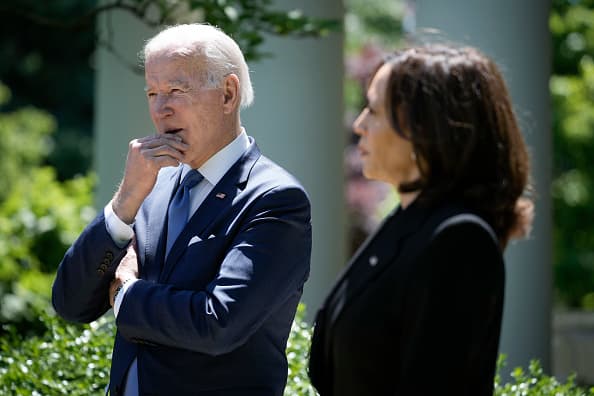Exploring the Gerontocracy in U.S. Lawmaking: Age and Representation

Why the U.S. Elects So Many Older Politicians
The United States has been described as a gerontocracy by academics due to the advanced age of many lawmakers, in sharp contrast to the younger electorate.
Factors Influencing Political Age Representation
- Established Networks: Many older politicians have extensive connections that provide them with advantages in elections.
- Financial Backing: Older candidates often have more resources to campaign effectively.
- Voter Loyalty: Some voters prefer the experience and familiarity of older politicians.
Conclusion
To address this age gap, it’s essential to encourage diverse candidates that reflect the entire demographic spectrum, ensuring that the voices of younger voters are also heard in the political arena.
This article was prepared using information from open sources in accordance with the principles of Ethical Policy. The editorial team is not responsible for absolute accuracy, as it relies on data from the sources referenced.